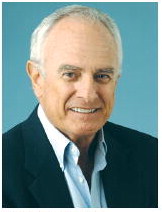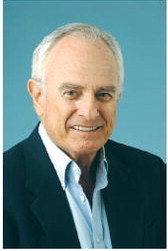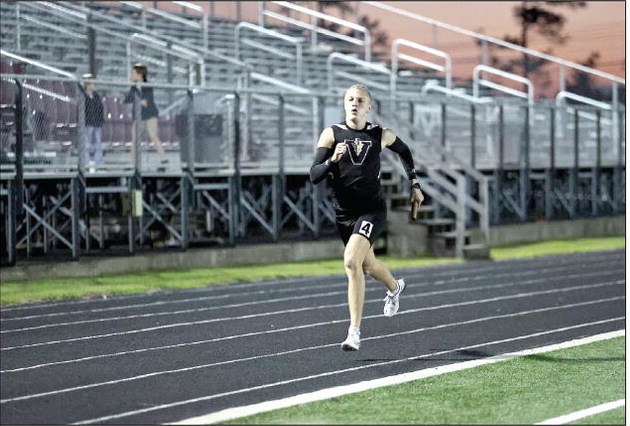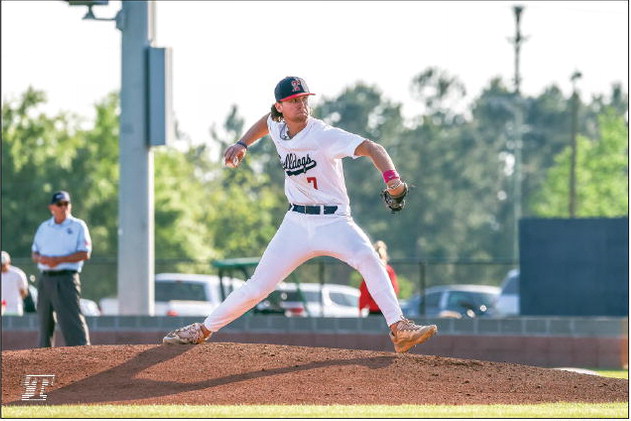Smith


Loran
Sanford Memories
A few days ago, I spent time in solitude in the lower level of the South stands at the east end of Sanford Stadium. I chose that section for a reason. It was where I sat when I enrolled at Georgia in the late fifties. In those years, the student section was located in the South stands. Season ticket sales were such that there was plenty of room to seat the students on the same side of the field with the most active and passionate season ticket buyers.
That was a time when Georgia was pratfalling in football. The program was in disarray. The forties, except for the war years, were memorable, but the fifties were, for the most part, forgettable. However, 1957 turned out to be a very good year, a year in which the Bulldogs won but three games. One of those games was a 7-0 shutout of Georgia Tech to break a drought of eight straight loses to the Yellow Jackets.
The entire state swooned to this milestone victory. It was the start of a four-game winning streak in the ancient rivalry. The‘Dogswouldexperience a hiccup under Johnny Griffith, but when Vince Dooley arrived in 1964, Georgia would dominate the all-important state rivalry and then flirt with national prominence in succeeding years. Now on Kirby Smart’s watch, a case could be made that Georgia’sbestyearslieahead. Even in the face of the ravages of a pandemic and the uncertainty of the college football landscape.
A little less than a hundred years ago, the situation was eerily similar. The “Roaring Twenties,” were preceded by the first World War and an influenza pandemic (1918).
Georgia football was “frustrated,” before that time, mainly because the Bulldogs had a ramshackle baseball stadium which was where the football team played its games. The biggest game—with Georgia Tech—was annually played on Grant Field in Atlanta for the bigger gate. The Bulldogs didn’t do so badly in those years (1900-1928), posting a 7-10-2 record in the series, but when Tech upset the 1927 Rose Bowl bound Bulldogs 12-0, in the rain and mud, Dr. Steadman V. Sanford vowed to build the biggest and prettiest stadium “in the Southland.”
With the help of 300 Bulldog partisans, he succeeded. Those loyalists signed bank notes for one thousand dollars each which enabled UGA to build a showcase stadium, capacity 30,000, hosting mighty Yale in the dedicatory game Oct. 12, 1929, which Georgia won 15-0.
Seventeen days later, the stock market crashed and not a single one of those bank notes were called. This, I have often concluded, was Georgia’s signature fund raising effort. Dr. Sanford’s name should be revered as long as football is played between those hallowed hedges.
A quarter century later, the show- continued from page
case facility had become unsightly. wooden bleachers at each end of the original concrete stands were in disrepair and unsightly light poles, put in place for Georgia to play night games, tarnished Sanford’s once pristine image.
When Joel Eaves hired Vince Dooley in 1964, a facility upgrade began. First it was a concept but reality would remind us of Georgia’s limitless potential. Eaves had the light poles removed. The wooden bleachers on the hillsides went away, too. Eaves announced that Georgia would enhance its home schedule. Hisonlyexception was to leave the Florida game in place in Jacksonville, but he demanded changes there that were noticeably different such as numbers and location in the distribution of tickets and that the city find a motel that would meet Georgia’s teamobjectives. (This side note: Historically, the city of Jacksonville took the Bulldogs for granted, often giving UGA the back of its hand until Eaves said he would force a home and home arrangement for the game if he had to.) As I sat in Sanford Stadium recently, visions of the aforementioned developments are a reminder of the fact that the Coronavirus compromised Georgia football, but should not cripple the program. Think how daunting it had to be in 1929 a couple of weeks after the Yale game with the economy in a tailspin.
Dan Magill, the indefatigable titan of the notion that Georgia’s strength was in its people, its alumni support. He always proclaimed, “We are the majority party.” Hispreachments often fell on deaf ears, but the Eaves-Dooley era acquiesced to that view without any testimony or breast beating. Sound, fundamental fiscal underpinning and winning became a powerful force.
This is why the commitment of the Georgia people should never be underestimated. Winning comes first, which is why the Dooley years were critical to the current foundation, which is as good as that of any university in the country.
It makes a difference that Georgia is the state university. I remember Darrell Royal, the ultrasuccessful Texas coach commenting about taking the Washington job in1956. Headmittedhe didn’t know that much about Washington except he knew that the school was the state university. He later told Mack Brown when Brown was at Tulane, that Brown would never make it with the Green Wave, suggesting he cast his lot with a school with “’The’ in front of its name, because that is the only way you’re going to make it.”
I wasn’t aware of college football mores, histories or trends when I enrolled in Athens but would come to realize the significance of an institution being the state university. With the passing of time, it would become crystal clear as to what Georgia’s potential was.
The reality of that circumstance is giddily obvioustoday. Georgia and its legion of followers EXPECT the Bulldogs to annually compete for national championships.
Kirby Smart’s leadership abilitiesarekey. He is a sound fundamental football coach and indefatigable recruiter. There is another element which makes him unique—he has vision.
Greatness cannot come about without vision. Although Clemson is only 79 miles to the east, I know little about the school’s inside story in its rise to football prominence on the national scene—but it is obvious that at some point Clemson chose to think big. There was a President who told the Athletic Director, who stuck by the coach, Dabo Swinney, to go for it. The “rest of the story,” confirms that Clemson got it right. It is pure folly to anticipate and/or predict a national championship. You won’t find the current Bulldog head coach guilty of such, but he believes that by building a program which can compete for one on an annual basis, that that formula should bring one about.
In his first year, it was easy to conclude that Smart had the “right stuff ” with regard to winning a national championship.
The view here is that while no one can wax clairvoyant when it comes to forecasting championships, the University of Georgia has the right man for the job of achieving that objective.







